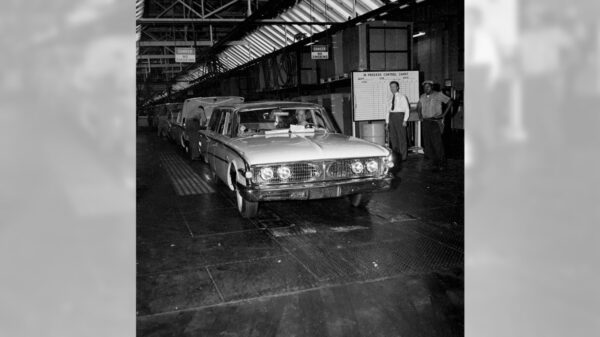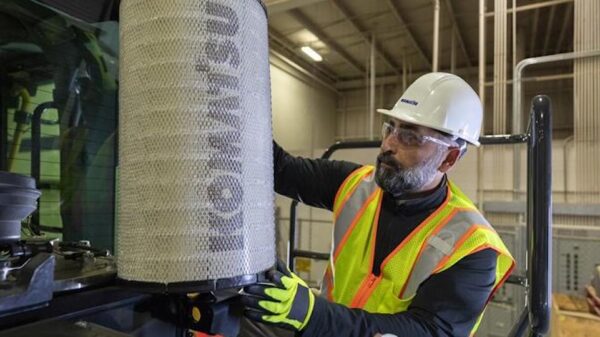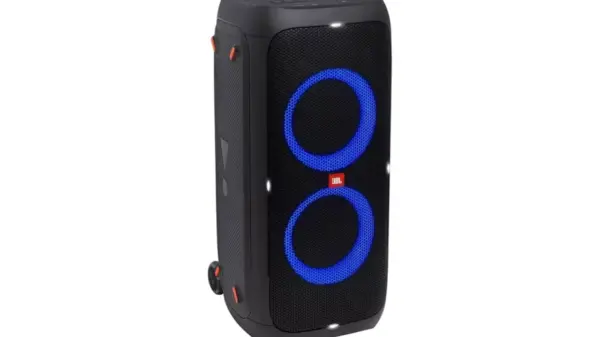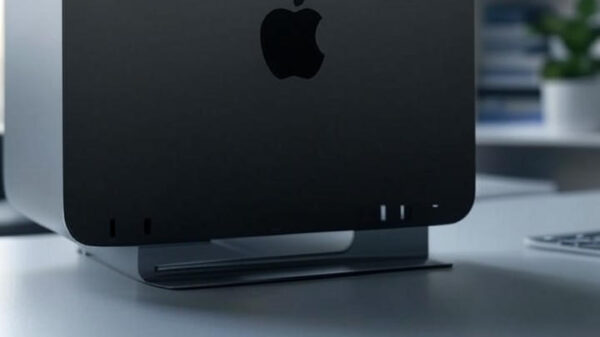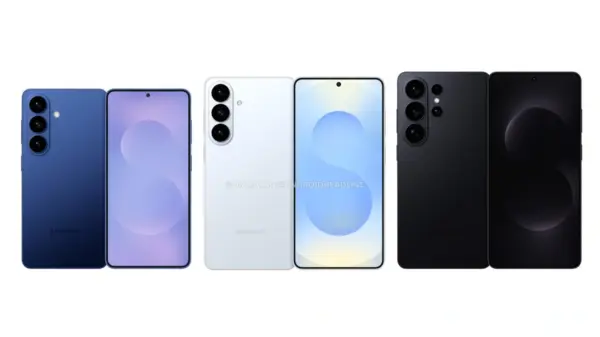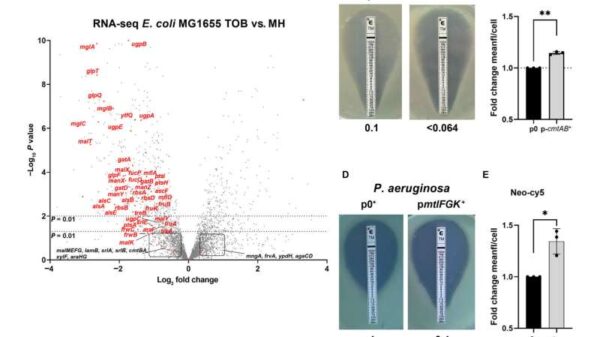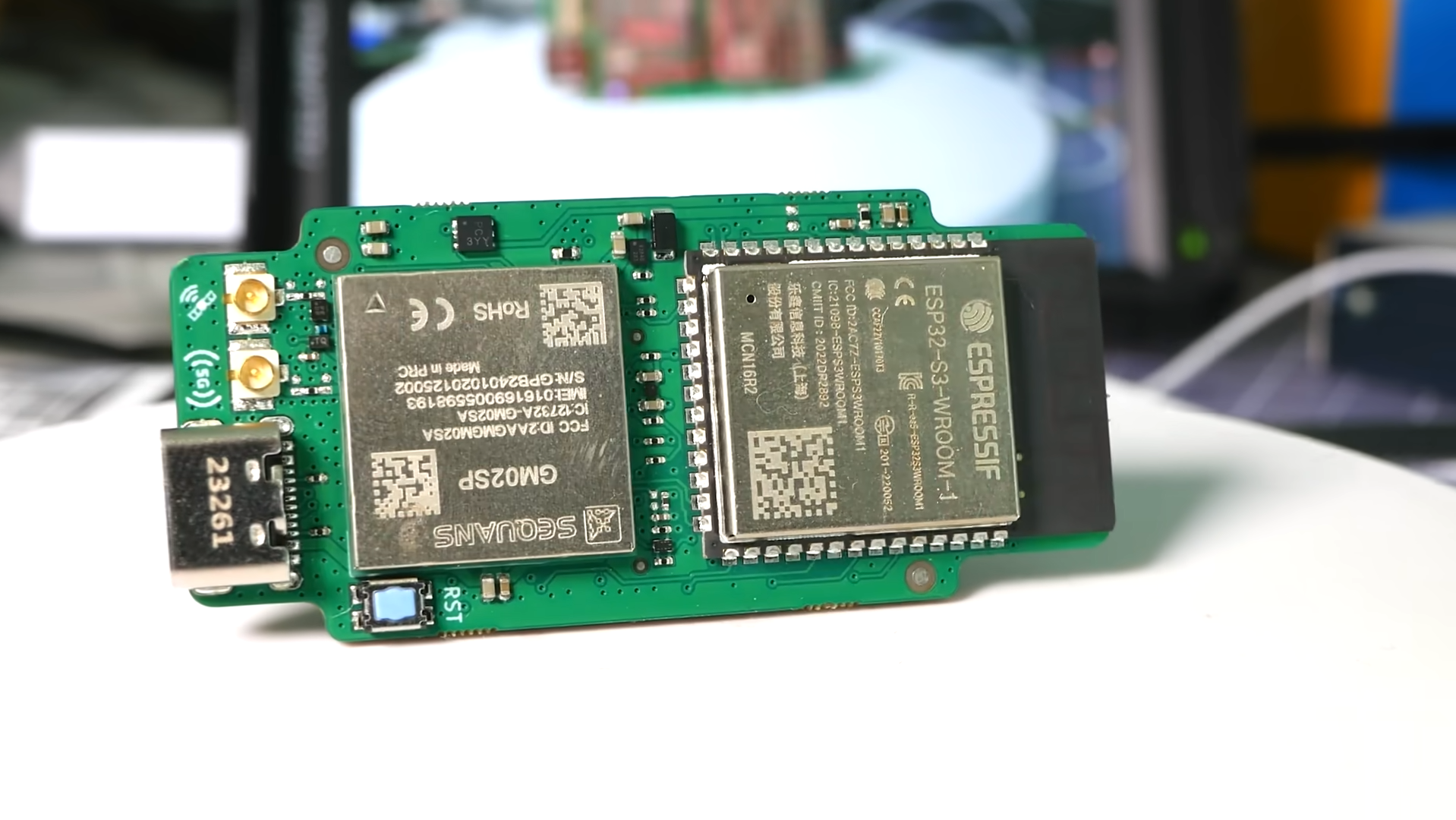The launch of the Walter module by DPTechnics, a company based in Belgium, brings renewed options for projects requiring cellular connectivity. This new GSM radio module, highlighted in a video by Data Slayer, is fully open-source and combines an ESP32-S3 chip for WiFi and Bluetooth Low Energy (BLE) with a Sequans Monarch chip, enabling GSM and GNSS connectivity. With the decline of 2G networks, this module represents a significant step for developers looking to implement reliable connectivity in their Internet of Things (IoT) projects.
The Walter module operates using LTE-M and NB-IoT technologies, which are designed for low-power applications rather than high-speed data transfer. Unlike traditional LTE, which supports faster speeds and voice over LTE (VoLTE), Walter focuses on efficiency with data speeds measured in kilobits per second. This makes it particularly suitable for IoT applications where power consumption is critical. The module consumes only 9.8 μA during deep sleep mode, which could significantly extend battery life in devices.
For those familiar with the now-obsolete PyCom GPy module, Walter serves as a direct drop-in replacement. This transition is particularly beneficial for developers who were affected by the end-of-life status of the GPy module and require a similar solution for their ongoing projects. The ease of integration and compatibility with existing frameworks positions Walter as a favorable option for both new and existing IoT applications.
Walter’s capabilities have already garnered attention. Data Slayer noted its potential as an effective GPS tracker, expanding its applicability beyond basic connectivity. Additionally, the module has received numerous certifications including CE, FCC, IC, RCM, and UKCA. These certifications streamline the process of moving from prototype to product, allowing developers to bypass extensive regulatory hurdles as long as Walter is the only radio module in use.
In a rapidly evolving tech landscape where reliable connectivity is increasingly vital, the introduction of Walter provides an attractive solution for developers seeking to innovate within the IoT space. With its combination of low power usage, open-source accessibility, and compatibility with existing hardware, Walter could very well mark a resurgence in cellular-based projects, particularly as the demand for efficient, low-cost solutions continues to rise.





